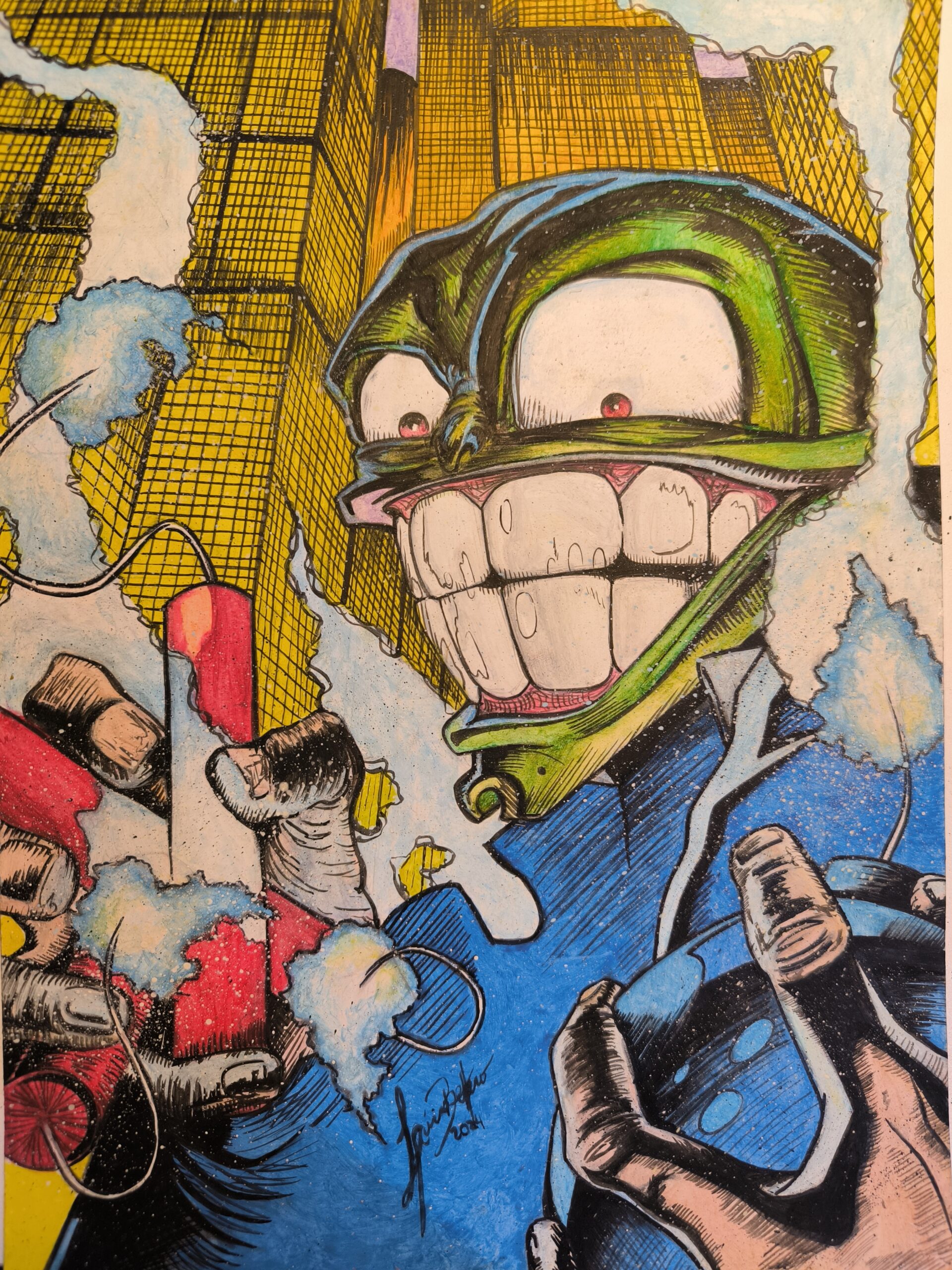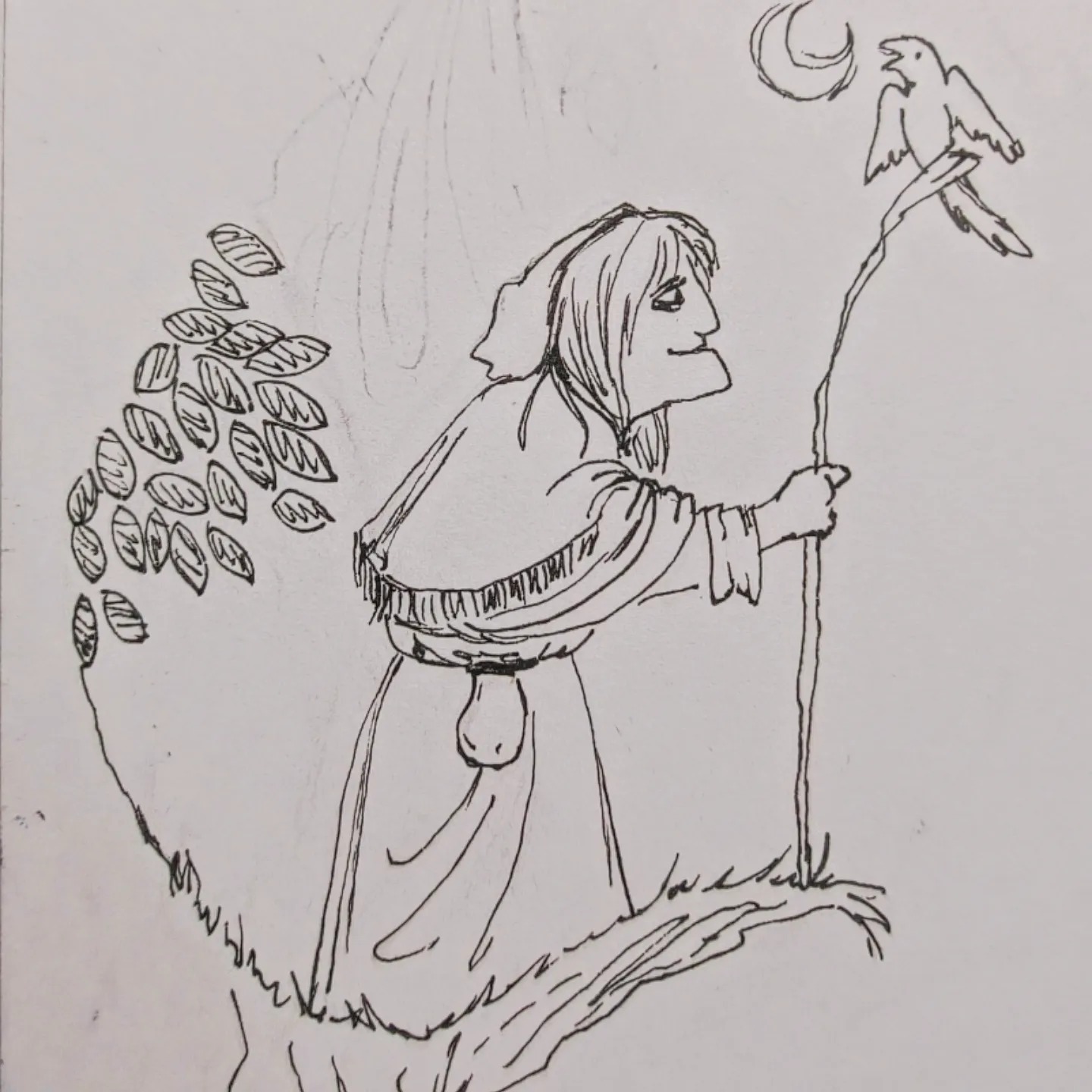Mila entrou em algumas lojas de uma pequena cidade rural na Galícia, Espanha, pedindo ajuda desesperadamente. Fugiu sempre que alguém chamava a polícia. Horas depois, seu corpo foi encontrado dentro de um contêiner de lixo.
Poucos dias se passaram — e a notícia desapareceu.
Ela foi tratada apenas como “uma mulher de nacionalidade brasileira”.
Seu nome só veio à tona graças aos esforços de um coletivo feminista de Pontevedra, que se recusou a deixá-la cair no esquecimento.
À primeira vista, Mila foi mais uma vítima de violência num país estrangeiro.
Mas, olhando com mais cuidado, sua morte revela algo muito mais profundo:
👉 a forma como o corpo da mulher brasileira é visto, narrado e consumido fora do Brasil.
👉 o apagamento sistemático de identidades de mulheres imigrantes.
👉 a normalização da violência quando ela recai sobre corpos considerados “exóticos”, “sensuais”, “disponíveis”.
A mulher brasileira como objeto — um estereótipo exportado há décadas
A imagem da brasileira no exterior foi construída historicamente por:
- hipersexualização na mídia;
- carnaval como símbolo nacional;
- publicidade que reforça corpos sempre nus ou seminus;
- novelas exportadas para dezenas de países;
- pornografia global que usa a palavra “Brazilian” como categoria;
- turismo sexual amplamente divulgado durante os anos 1990 e 2000.
Esse imaginário atravessa fronteiras e se torna, para muitos estrangeiros, a única lente possível para enxergar qualquer mulher do país.
É nesse contexto que Mila — uma mulher real, com nome, história, origem — se torna apenas “uma brasileira”.
E, portanto, facilmente descartável.
Quando o exotismo apaga vidas
Em muitos países europeus, especialmente em regiões rurais, mulheres brasileiras enfrentam:
- comentários sexualizados em espaços públicos;
- insinuações constantes sobre seus corpos;
- assédio naturalizado;
- incredulidade diante de denúncias;
- estigma velado de “mulher quente”, “mulher fácil”, “mulher disponível”;
- desconfiança institucional.
Esses estereótipos não são apenas ofensivos —
eles matam.
Eles contribuem para:
- menor empatia em casos de violência;
- menor mobilização social;
- menor cobertura da mídia;
- investigação mais lenta;
- responsabilização parcial da vítima;
- narrativas que justificam ou minimizam o ocorrido.
A morte de Mila ecoou tão pouco porque, para muita gente, seu corpo já estava rotulado antes mesmo de ser encontrado.
Quando o feminicídio se mistura ao imaginário colonial
A história de Mila não pode ser lida isoladamente.
É parte de um padrão: o encontro entre machismo, xenofobia e colonialidade.
Mulheres brasileiras — especialmente negras, pardas e indígenas — carregam no exterior uma marca histórica: a sexualização imposta desde o período colonial, perpetuada pelas elites, reforçada pela mídia, consumida como entretenimento.
E quando essas mulheres migram, essa marca viaja com elas.
Não importa seu caráter, seu trabalho, sua classe, sua trajetória.
Para muitos, o corpo vem antes da pessoa.
O silêncio como segunda morte
Sem nome, sem rosto, sem história:
assim a imprensa tentou contar o caso.
Mas o apagamento também é violência.
É por isso que coletivos feministas e migrantes fizeram questão de restituir a Mila aquilo que o discurso institucional tentou negar:
- sua identidade,
- sua dignidade,
- seu lugar no mundo,
- sua memória.
Porque quando o sistema apaga um nome, ele diz ao mundo que aquela vida não importa.
Mila importa — e sua história denuncia muito mais que um crime
Sua morte expõe:
- a fragilidade das redes de apoio a mulheres imigrantes;
- o peso mortal de estereótipos sobre mulheres brasileiras;
- a desumanização de corpos femininos rotulados como “exóticos”;
- a violência institucional que reduz vítimas a nacionalidades;
- a negligência histórica com mulheres latino-americanas na Europa.
Mila não deveria ter sido invisível em vida, e muito menos na morte.










